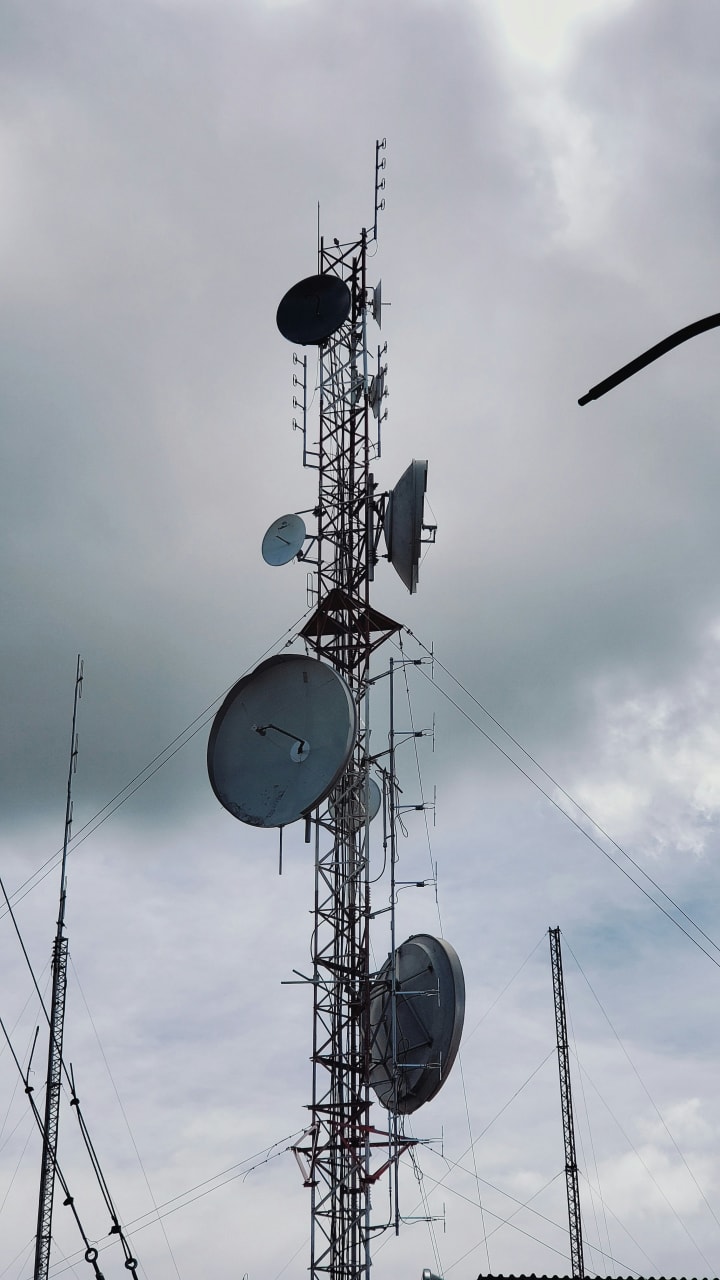Stock Trading - Entry 18
My analysis of the players involved in a useful blockchain

With the tech stuff covered, this article covers my take on key players involved in the Helium blockchain. This covers questions eight to eleven in the 13 questions I listed in this earlier entry.
Questions 8 - 11: The Players
Question 8 - What is or can be used to form/drive the value of the blockchain?
With anyone being able to get in on the Helium blockchain, I see two things at play. One is every individual's acceptable price range for buying and selling tokens. It seems to me that the required large geographic area to be covered by the Helium network means a lot of people are going to mine a few tokens The exception could be the Helium blockchain owners who could sell tokens in large quantities. In other words, it will be only a few of the children on the playground who have one chocolate bar they are willing to part with and a parent on the side with a bag of chocolate bars they can part with.
If I wanted to drive prices up in that context, I would want to be very loud and public about the value of chocolate bars - - I mean Helium tokens to entice everyone on the planet to buy some. Boost demand with a limited supply with the goal to drive up prices. Hype. (For puzzle-based blockchains, I have found little else other than pure hype to drive the value of their tokens).
One other potential value driver for Helium tokens that I see is companies with assets that need tracking/monitoring being enticed with lower rates compared to the existing tower-to-tower signal transfer system. There is a sizeable market for such a service and if it's cheaper and equally (or more) reliable, then I say, "Go provide them with a valuable service!"

Question 9 - Given the value drivers, how can the principal profiteers of a blockchain make money from the blockchain?
This question is about self-interest and profit-maximization for the parties that typically can be involved in a blockchain. From what I gather, they are:
- the owners/designers/builders of the blockchain
- miners of the blockchain
- entities engaging in the use case of the blockchain (e.g. companies using the Helium network to track/monitor assets)
- crypto-investors (since Helium tokens are available on cryptocurrency exchanges)
Newsflash #13: A blockchain is explicitly designed/coded to allow for whatever combination of those four profiteers to potentially make money. Any party that has tokens can affect the availability of existing tokens at a given price/value. The following is how I see that happening with the Helium blockchain.
So there is hype around discounted data transmissions AND pretty much anyone can get in on the action in some way. It seems to me that all four profiteers are in competition against each other as well as wanting the Helium blockchain to succeed up to a point - and that point is different for each party. Consider:
- 1. creators/builders/owners need to recover initial costs, would like an income as things go along, and would like to be able to cash out before the end, particularly while the price is high;
- miners want to mine and keep the blockchain going at least until they can earn more than the start up costs plus ongoing electricity fees (since anything above that is profit);
- users of the Helium network only need the network to stay up while their assets need tracking/monitoring, but any opportunity to sell unused tokens at a price higher than what they were originally bought for is a bonus; and
- crypto-investors only care about selling their tokens at a higher price, which might only be seconds after they buy.
Builders/Creators of a blockchain do need to put food on the table. (They need money to live, too.) After reading the white paper on the Helium blockchain, I found that its creators/builders did two things to ensure this.
One is partake in first mover advantage. More tokens can be mined very early on than at any other time for pretty much any blockchain and Helium is no exception. The creators/builders will always be the first ones who know about a new blockchain even if they sell the whole thing to someone else. Being the creators/builders gives them the chance to start mining sooner than everyone else - which they did according to this article. So, they gave themselves bank right at the beginning. Can you say 'equivalent to a stock option'?
The other is guaranteeing continual pay-outs to themselves - a bonus too lucrative for the Helium blockchain creators/builders to ignore. Basically, they take a slice of the mining action, too. The closest analogy I can think of is paying workers only to garnish their wages (effectively a pay deduction) instead of simply relying on customers to pay a user fee! I guess if mining is guaranteed and users are not, then can you blame them?

Personally, I consider the Helium creators/builders greedy buggers.
Then there are the companies that use the Helium network to track/monitor assets. The way I see it, yeah ok, they buy tokens to use the Helium network. If they buy more than what they actually use, they inadvertently become crypto-investors with one nuance: early users with extra tokens can start their own pseudo-Ponzi scheme. Hear me out.
Company A wants to track/monitor its assets on the Helium network, so Company A buys a bunch of Helium tokens, but they only use a few tokens. They then sell some of their unused tokens at a higher price to Companies B and C who want to use the Helium tracking/monitoring network (late adopters) . Companies B and C use only a few tokens and have some leftover, so they sell to even later adopters (Companies D and E) at an even higher price. And so on.
Of course, it would only make sense to do this if the higher price being offered by an early adopter (Company A) was less than the market price at that later point in time. Profits from being an early adopter, loss from being a late adopter.
I already covered miners in entry 16 (who earn more the earlier they start) and crypto-investors are like regular or penny stock traders, nothing novel there. That's all four profiteers covered.
Question 10 - Who/what is the competition, if any?
From what I see, any company who owns telecommunication towers is a competitor against a decentralized network. While I am not sure if the telecom companies could lower their rates, there are plenty of other uses for those towers. Still, if more companies discover the high utility of a decentralized network for LoRaWAN devices, I am sure those telecom companies will complain. Then again, towers are an older model that may not be suitable for new applications - my primary reason for not being bullish (favourable) toward traditional telecom stocks.

Question 11 - Which parties benefit from creating demand for computer hardware used in nodes? What are the intents of those parties?
I am not so convinced there a secret cabal of computer manufacturers and governments seeking to make more money by creating demand for Helium nodes by generating boat loads of hype around Helium blockchain profitability. Sure, when people discover it and read a little into it, many will be enticed (out of greed, curiosity, or not having done this analysis) to buy a node. Yes, there are companies out there that manufacture devices geared specifically for mining the Helium blockchain.
But there is an in-built market cap (limit) because not everyone in the same neighbourhood can be a Helium miner. The rewards for mining Helium decrease a lot if there are more than four nodes fairly close to each other and if they are very close to each other, rewards are zip. So, it is not like a fridge where every home would have one. Far fewer, in fact. This puts miners in the same geographic in competition against each other - favouring miners who start earlier.
In short, a computer manufacturer who wants to build Helium nodes has a limited market and as a result, needs to think hard about doing a large production run of nodes. At least those manufacturers won't be able to setup the nodes to mine in their warehouse!
Indirectly, drone manufacturers would benefit from decentralized networks what with drone tracking and information streams going to/from drones. Kind of like this company that is already doing it.
While the use case is all great and innovative, the Helium blockchain strikes me as having high competition between key players. There still lies a dimension on top of all of that. To check out my analysis of external forces on the Helium blockchain (the last two of my 13 questions), click here. Or, to read about other topics in my stock trading journey, click here.
About the Creator
Richard Soulliere
Bursting with ideas, honing them to peek your interest.
Enjoyes blending non-fiction into whatever I am writing.






Comments
There are no comments for this story
Be the first to respond and start the conversation.